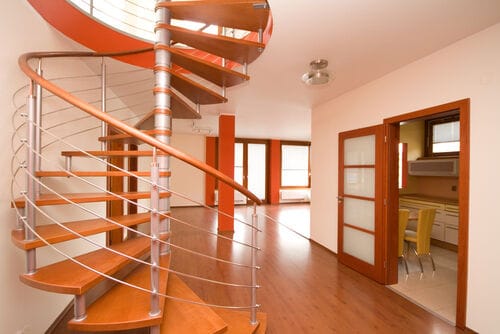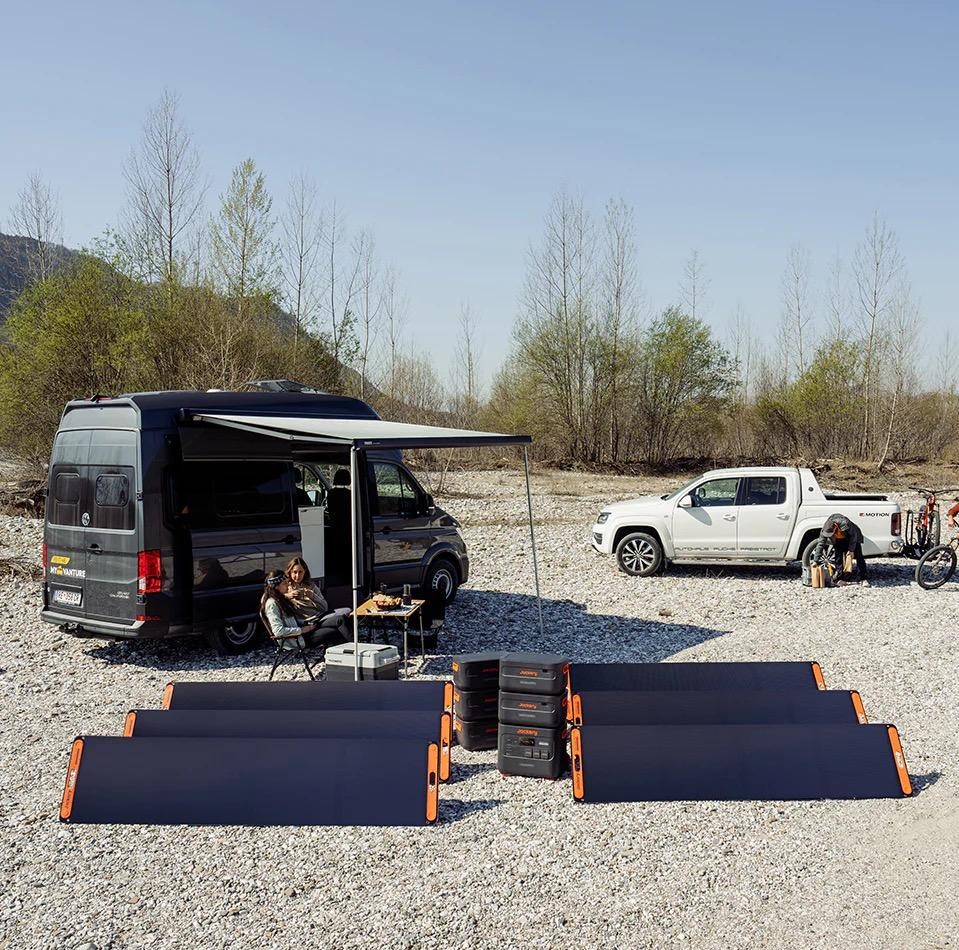When it comes to home design, staircases often serve as more than just a functional necessity—they’re a defining architectural element that can elevate the entire aesthetic of your space. With various styles, shapes, and materials to choose from, selecting the right staircase type for your home can feel like a daunting decision. Whether you’re renovating, building, or just daydreaming about your ideal home, this guide breaks down the most popular types of staircases and their unique features to help you step up in style.
1. Straight Staircases
The straight staircase is a classic choice that lives up to its name. With no changes in direction, these staircases are known for their simplicity and functionality. They typically consist of a single, straight flight without any landings. Straight staircases work well in both traditional and modern homes, and their straightforward design makes them the easiest type to construct.
Pros:
- Minimalist, clean look
- Easy to install and navigate
- Ideal for open, airy spaces
Cons:
- Can take up a lot of linear space
- Lack of privacy due to open-sight lines
2. L-Shaped (Quarter-Turn) Staircases
The L-shaped staircase, also known as a quarter-turn staircase, features a 90-degree turn in the middle, either with a landing or pie-shaped steps. This design is popular for small homes and adds a bit more privacy between floors, especially if positioned near walls. An L-shaped staircase works well in corners and offers a sense of movement while saving space.
Pros:
- Efficient use of corner spaces
- Provides a visual break and some privacy
- Adds architectural interest
Cons:
- Slightly more complex to construct than straight staircases
- Needs additional support at the landing
3. U-Shaped (Half-Turn) Staircases
U-shaped, or half-turn, staircases make a 180-degree turn, often with a spacious landing in the middle. This design is practical for spaces with height restrictions or limited room, as it allows for compact vertical movement. U-shaped staircases offer a sophisticated look and are a great option for creating separation between floors in homes with open layouts.
Pros:
- Efficient use of vertical space
- Provides more privacy than straight or L-shaped stairs
- Creates visual interest
Cons:
- More complicated construction
- Requires adequate room for the landing
4. Spiral Staircases
Spiral staircases are distinguished by their circular, twisting design that spirals around a central support pole. These space-saving structures serve as a stylish focal point, fitting seamlessly into both small and large spaces. Commonly used in lofts, compact homes, and outdoor settings, spiral staircases are the perfect solution for areas where space is at a premium, but aesthetic appeal remains a top priority. For a custom touch, spiral staircases crafted with precision through custom metal fabrication in Utah can elevate your design while maintaining both function and style.
Pros:
- Space-efficient and compact
- Adds a unique, striking visual element
- Works well in small spaces
Cons:
- Can be challenging to navigate, especially for moving large items
- Not always suitable for high-traffic areas
5. Curved Staircases
Curved staircases make a graceful, sweeping arc instead of sharp angles, creating an elegant flow between floors. They’re often seen as a statement piece and can transform an entrance hall or main room into a grand, visually captivating area. Curved staircases are common in luxury homes and add a timeless appeal that pairs well with traditional and formal styles.
Pros:
- Elegant and luxurious aesthetic
- Smooth, continuous curve creates visual harmony
- Adds value to the home
Cons:
- Complex and costly to build
- Requires ample space due to the sweeping curve
6. Floating (Cantilevered) Staircases
Floating staircases are known for their sleek, modern design where each step appears to “float” without visible support. This design is achieved through cantilevered steps attached directly to the wall, giving an open, airy feel that’s popular in minimalist and contemporary homes. Floating staircases can be straight, L-shaped, or curved and often include materials like glass and metal for added drama.
Pros:
- Modern, minimalist appearance
- Allows light to flow through the space
- Adds a sense of openness
Cons:
- Requires strong structural support
- Typically more expensive and complex to build
7. Winder Staircases
Winder staircases are similar to L-shaped stairs but replace the landing with triangular “winder” steps that allow the staircase to turn a corner without the need for extra space. These are commonly found in older or traditional homes where space is at a premium, as they provide an efficient way to navigate tight areas.
Pros:
- Space-saving design
- Adds a unique twist to classic L-shaped stairs
- Great for tight, confined spaces
Cons:
- May be challenging to navigate for some, as steps are not uniform
- Can be difficult for moving large items
8. Bifurcated Staircases
Bifurcated staircases are the ultimate grand entrance design. Typically found in larger, formal buildings, they start with a wide flight that splits into two narrower flights at a landing, creating a forked shape. Bifurcated staircases are synonymous with luxury and are commonly seen in hotels, estates, and historical buildings.
Pros:
- Creates a dramatic, elegant entryway
- Adds significant aesthetic value
- Provides ample space for high-traffic areas
Cons:
- Requires a lot of space and resources
- Best suited for larger homes or public buildings
Choosing the Right Staircase for Your Space
Selecting a staircase type depends on factors such as space, budget, aesthetic preferences, and intended use. Straight staircases are practical and easy to build, while L- and U-shaped staircases offer privacy and efficient use of space. For those looking for something artistic, curved and floating staircases make bold design statements, while spiral and winder staircases are excellent for compact areas.
When it comes to home design, staircases offer both form and function. With the right choice, your staircase can serve as a stylish architectural feature that enhances the flow and personality of your space. Whether you opt for a classic straight style or a grand bifurcated structure, the right staircase can take your home design to the next level.

















